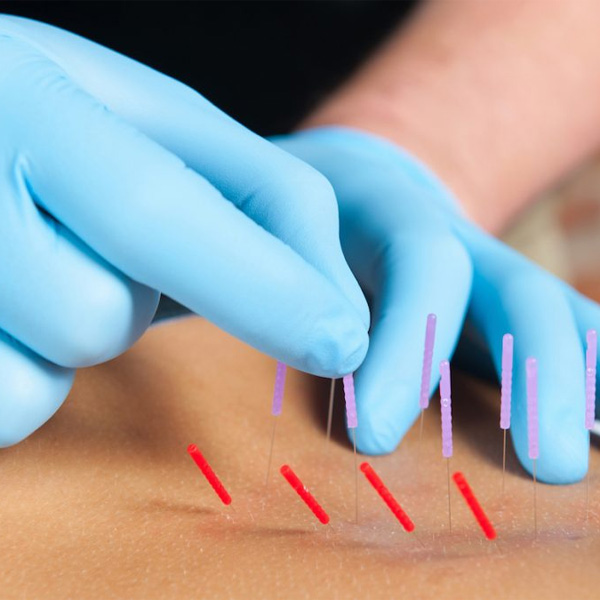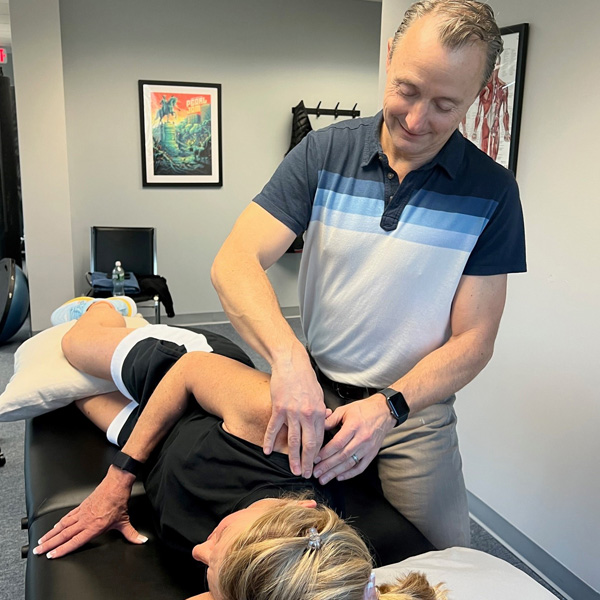I received my training for Trigger Point Dry Needling in September, 2010. I am one of the most experienced dry needlers in New England, providing immediate relief to thousands of patients over the last twelve years. If you have a muscle spasm, acute or chronic, that you can’t get into, the ones that “rebound” that seem to get worse when you try to massage it, dry needling can be magic.
It has been proven to:
- Objectively reduce the intensity of the contraction at rest, as measured by EMG’s
- Reduce subjective complaints of pain at rest and with motion
- Reduce sensitivity to pressure at the trigger point
I think this last one is particularly important. If I can barely touch a trigger point without eliciting pain, how can you contract it? How does it feel at rest as it compresses nerves? An immediate reduction in sensitivity to pressure is directly proportional to an immediate increase in muscle function.
If we find one of these muscles, I will fully explain the potential benefits and side effects to performing trigger point dry needling. Assuming we are ready to proceed, I then stick the acupuncture needle directly into the tightest, most tender part of the spasmed muscle. This temporarily disrupts the dysfunctional positive biofeedback loop producing a “neural reset” of the muscle or “local twitch response” that I describe as an intense cramping sensation. In reality, it is a spasmed muscle uncramping. It is painful, but quick and gratifying, comparable to pulling out a splinter. It will feel like someone finally “got the spot”, as the spot is inside, not outside of the muscle. I generally prefer to do some deep myofascial work at that point, taking advantage of the temporarily relaxed muscle. You will be pretty sore for a day or two, but it’s safe soreness, much like the days following a particularly intense workout. An active recovery of moving, rolling and stretching will help you maintain your new range of motion and be less sore.








